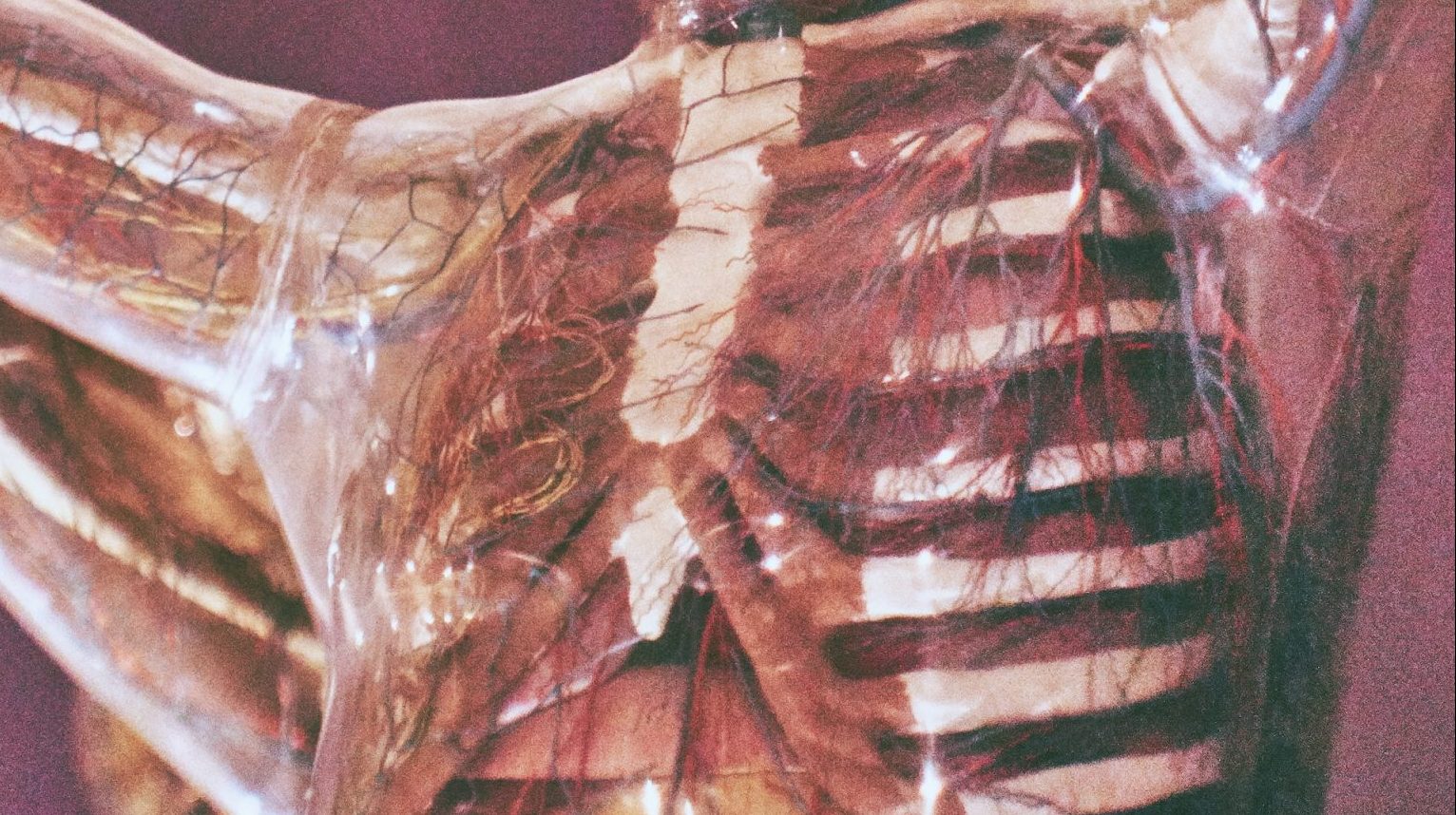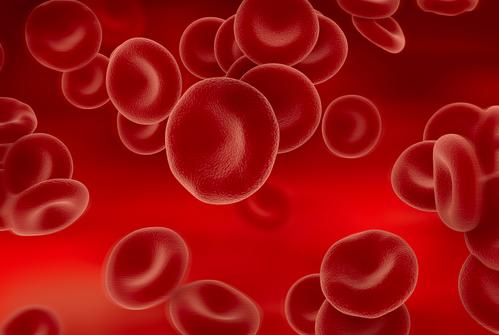X-Ray Visible
Bone marrow stem cells suspended in X-ray-visible micro bubbles can be used to dramatically improve the body’s ability to build new blood vessels in the upper leg, scientists have found. This discovery could provide a potential future treatment for those with peripheral arterial disease (PAD), according to the researchers at the Society of Interventional Radiology’s 35th Annual Scientific meeting in Tampa, Florida. “Bone marrow stem cells, which have the ability to renew themselves, could unlock the door to treat peripheral arterial disease (PAD) with cell-based methods. They offer a future novel method to help PAD patients by increasing the number of blood vessels to replace or augment those choked off by plaque build-up,” said Frank Wacker, M.D., an interventional radiologist at Johns Hopkins School of Medicine in Baltimore, Md. “The future hope is to use adult stem cells extracted from a healthy donor’s bone marrow and inject the cells into the patients’ legs where circulation problems exist, stimulating the growth of new or more blood vessels in the leg, thus improving circulation,” noted veterinary radiologist Dara L. Kraitchman, V.M.D., Ph.D.




